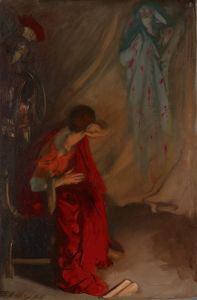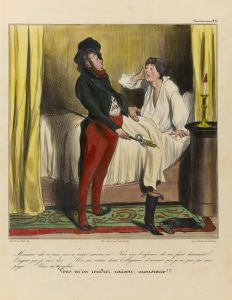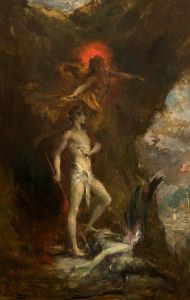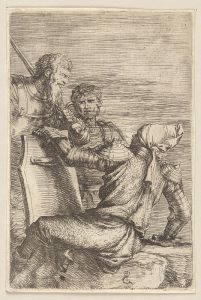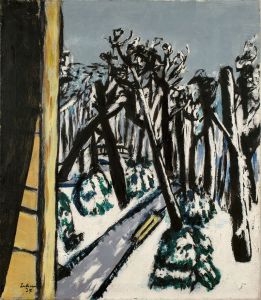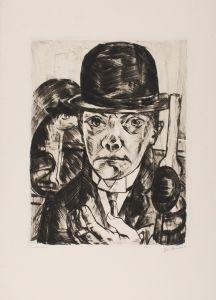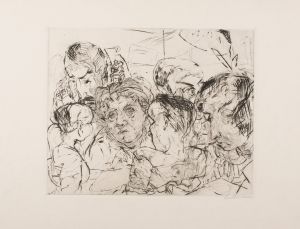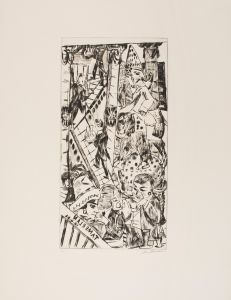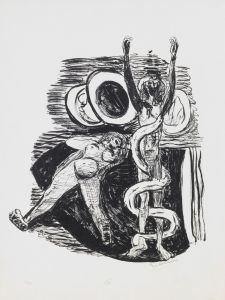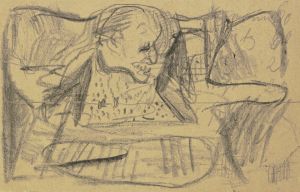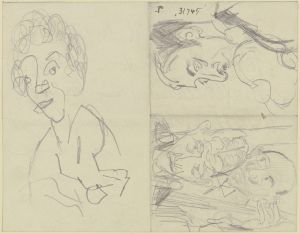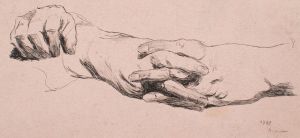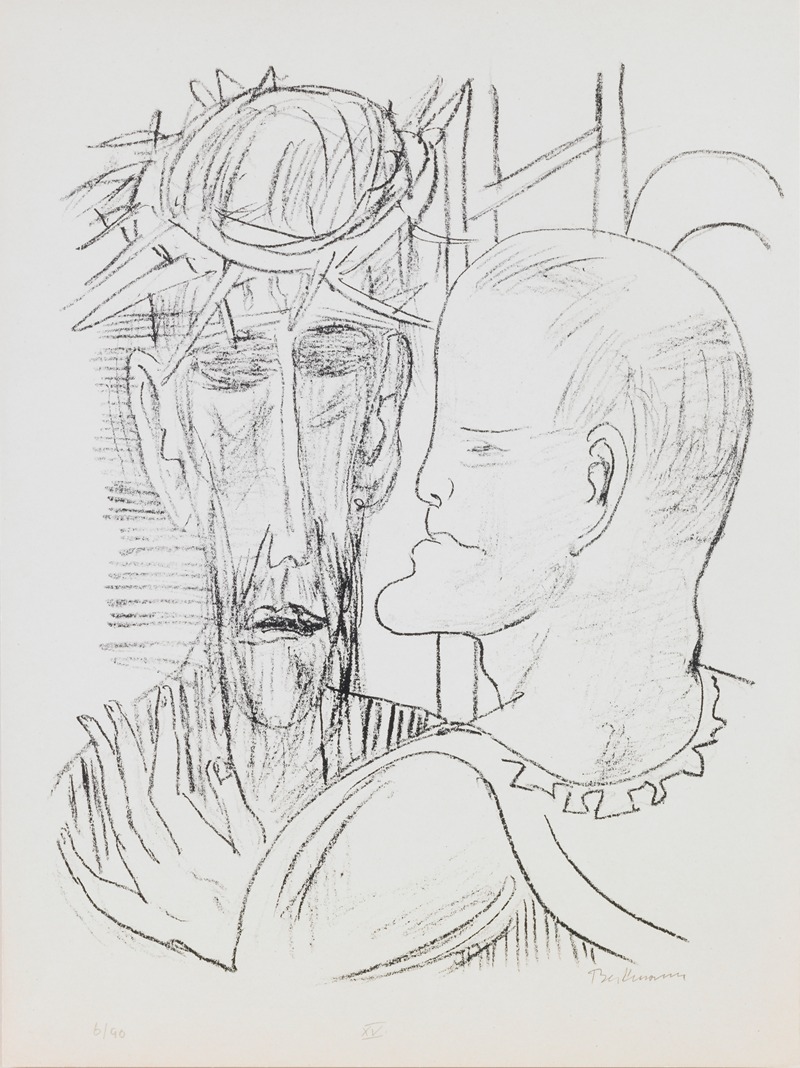
Christ and Pilate, plate 15 from the portfolio ‘Day and Dream’
A hand-painted replica of Max Beckmann’s masterpiece Christ and Pilate, plate 15 from the portfolio ‘Day and Dream’, meticulously crafted by professional artists to capture the true essence of the original. Each piece is created with museum-quality canvas and rare mineral pigments, carefully painted by experienced artists with delicate brushstrokes and rich, layered colors to perfectly recreate the texture of the original artwork. Unlike machine-printed reproductions, this hand-painted version brings the painting to life, infused with the artist’s emotions and skill in every stroke. Whether for personal collection or home decoration, it instantly elevates the artistic atmosphere of any space.
Max Beckmann's "Christ and Pilate," plate 15 from the portfolio "Day and Dream," is a significant work within the oeuvre of the German artist, known for his contributions to the Expressionist movement. Beckmann, born in 1884 in Leipzig, Germany, is celebrated for his complex compositions and the emotional depth of his work, which often reflects the tumultuous socio-political landscape of early 20th-century Europe.
"Day and Dream," the portfolio to which "Christ and Pilate" belongs, was created in 1946, a period marked by Beckmann's exile from Germany due to the oppressive Nazi regime, which had labeled his work as "degenerate art." This portfolio consists of a series of lithographs that explore themes of human existence, spirituality, and the dualities of life, such as reality versus illusion and the conscious versus the subconscious.
The specific lithograph "Christ and Pilate" draws on the biblical narrative of the trial of Jesus Christ before Pontius Pilate, the Roman governor of Judea. This scene has been a recurring subject in Western art, symbolizing the conflict between spiritual truth and worldly power. Beckmann's interpretation is notable for its expressionist style, characterized by bold lines, stark contrasts, and a dramatic use of space, which serve to heighten the emotional intensity of the scene.
In Beckmann's depiction, the figures of Christ and Pilate are rendered with a psychological depth that invites viewers to contemplate the moral and ethical dimensions of the encounter. The artist's use of expressionist techniques allows him to convey the tension and gravity of the moment, emphasizing the isolation and suffering of Christ in contrast to the authority and ambivalence of Pilate. This portrayal reflects Beckmann's broader interest in themes of suffering, redemption, and the human condition.
Beckmann's work during this period is often interpreted as a response to the horrors of World War II and his own experiences of displacement and exile. The "Day and Dream" portfolio, with its exploration of existential themes, can be seen as a reflection of Beckmann's personal struggles and his search for meaning in a world marked by chaos and destruction.
"Christ and Pilate" is a testament to Beckmann's skill as a printmaker and his ability to convey complex narratives through the medium of lithography. The work is part of a larger tradition of religious and philosophical inquiry in art, yet it remains distinctly modern in its approach and execution. Beckmann's unique style and perspective have cemented his place as a pivotal figure in 20th-century art, influencing subsequent generations of artists.
Today, Max Beckmann's works, including "Christ and Pilate," are held in high regard and are featured in major art collections and museums worldwide. They continue to be studied and appreciated for their artistic innovation and their profound engagement with the human experience.





